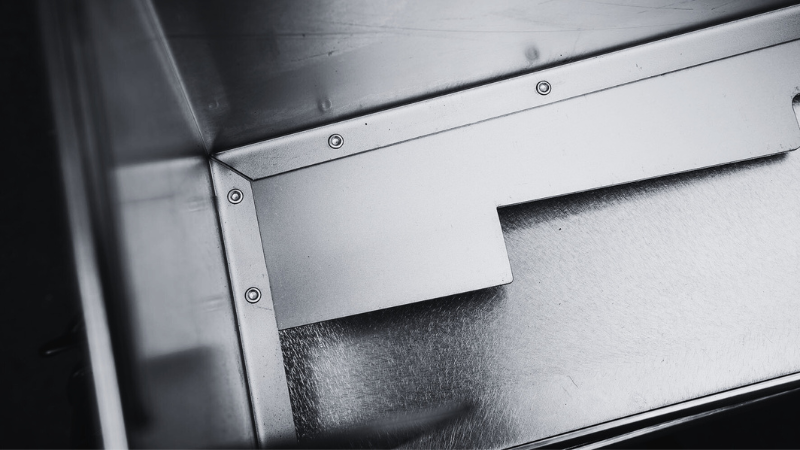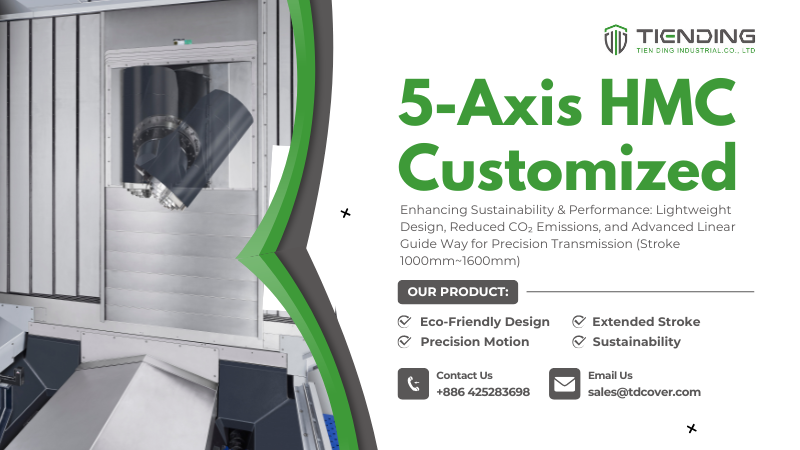The Multiple Advantages of Rivet Structures

In sheet metal processing and manufacturing, welding is a common joining technique. However, with advancements in technology and increased environmental demands, rivet structures are gradually becoming a superior alternative to welding. This article will explore the multiple advantages of rivet structures in controlling deformation, managing tolerances, reducing carbon emissions, and improving efficiency.
Controlling Deformation
During the welding process, metal plates are prone to deformation due to thermal expansion and contraction, affecting the final product's accuracy and consistency. To address this issue, the introduction of rivet structures is recommended. Rivets join two metal plates tightly together through the riveting process, effectively controlling thermal deformation and ensuring structural accuracy and consistency. This method is not only simple and effective but also significantly enhances product quality.
Managing Tolerances
Traditional welding relies on the skill level of the welder and alignment with the marking lines, which can lead to tolerance issues. Rivet structures use hole positioning, allowing precise drilling on parts to effectively control tolerances. This design improves the accuracy of the joining surfaces and reduces uncertainties in the manufacturing process, enhancing product consistency and reliability.
Reducing Carbon Emissions
Welding machines generate a significant amount of carbon emissions, whereas riveting machines are relatively eco-friendly, with lower carbon emissions. Choosing rivet structures can substantially reduce carbon emissions, aligning with Environmental, Social, and Governance (ESG) requirements. By adopting rivet structures, sheet metal manufacturers can reduce their carbon footprint during production and contribute positively to environmental protection.
Improving Efficiency
Rivet structures also offer significant advantages in construction efficiency. Compared to welding, riveting does not require cumbersome grinding and polishing processes, saving considerable construction time. Additionally, rivet structures require fewer related consumables, reducing industrial waste generation. This not only increases manufacturing efficiency but also aligns with the goals of practicing ESG principles.
Conclusion
By improving welding methods to rivet structures, we can effectively control deformation and tolerances, reduce carbon emissions, and enhance manufacturing efficiency. This solution not only improves product quality but also helps companies practice ESG principles, achieving environmental protection and cost savings. The application of rivet structures will bring better production and environmental performance to sheet metal manufacturers, becoming an important trend in the future of manufacturing.
Catagory
Recent News

Smarter Telescopic Covers Start Here: Tien Ding at EMO 2025

Machine Covers Rethought: Avoid Tariffs and Discover a Reliable Alternative Supplier
